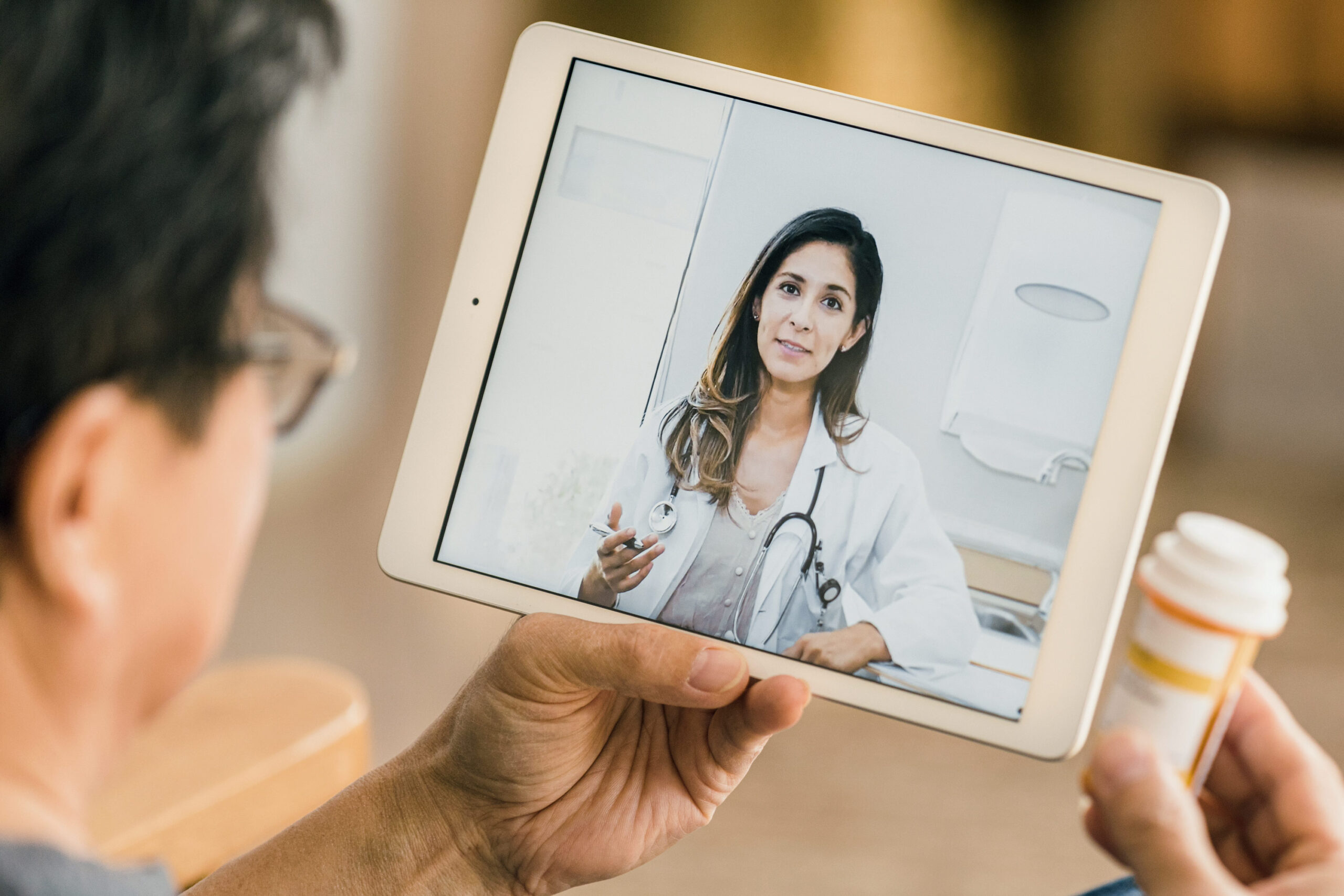Chronic conditions such as hypertension (high blood pressure) and diabetes are among the most common and serious health concerns in Texas. The state’s large and diverse population, combined with lifestyle factors, has contributed to an increasing number of people living with these conditions. Managing hypertension and diabetes effectively is crucial for preventing severe complications like heart disease, stroke, kidney damage, and vision loss. Traditionally, patients have had to rely on frequent in-person doctor visits to monitor their health and make necessary adjustments to their treatment plans. However, thanks to advancements in remote monitoring technologies, Texans now have an innovative, convenient, and cost-effective way to manage their chronic conditions from the comfort of their own homes.
What is Remote Monitoring for Hypertension and Diabetes in TX?
Remote monitoring refers to the use of digital tools and connected devices to collect and track a patient’s health data in real time. For those managing hypertension and diabetes, common remote monitoring devices include blood pressure cuffs, glucose meters, wearable heart rate monitors, and even continuous glucose monitoring systems. These devices send data to healthcare providers through secure, cloud-based platforms, allowing doctors and medical teams to track patients’ conditions remotely.
In the case of hypertension, patients can regularly check their blood pressure at home and upload the readings to their doctor. For diabetes, patients can use glucose meters to track their blood sugar levels and share the data with their healthcare provider. With this information in hand, healthcare professionals can monitor the patient’s health between visits, make adjustments to medications, and offer advice—all without requiring patients to come into the office.
How Remote Monitoring Benefits Texans
For many individuals living with hypertension or diabetes, managing their conditions daily can be challenging. Remote monitoring offers several significant advantages for Texans:
Convenience
One of the most immediate and noticeable benefits of remote monitoring is convenience. In the past, patients had to schedule in-person visits with their healthcare providers to monitor their blood pressure or blood sugar levels. This could involve long drives, long wait times in doctor’s offices, and disruptions to daily routines. For many individuals, especially those with limited mobility or living in rural areas of Texas, these appointments were often a barrier to consistent healthcare management.
Remote monitoring eliminates the need for frequent doctor visits. Patients can monitor their health at their convenience, from the comfort of their homes. This not only saves time but also reduces the stress and physical burden associated with travelling to and from healthcare facilities.
Timely Care
Remote monitoring also allows healthcare providers to track patient data in real time, ensuring that any changes in a patient’s condition are addressed promptly. For individuals with hypertension or diabetes, fluctuations in blood pressure or blood sugar can have serious consequences if not detected early.
With remote monitoring, healthcare providers can receive alerts when a patient’s readings fall outside the normal range. This early detection allows for timely intervention, potentially preventing severe complications. For instance, if a patient’s blood sugar is dangerously high, their healthcare provider can adjust medications or provide lifestyle recommendations before the issue becomes critical.
Affordability
Managing chronic conditions often requires regular visits to the doctor, which can become costly, especially for individuals without insurance or with high deductibles. Telehealth and remote monitoring offer an affordable alternative to traditional healthcare models. By reducing the number of in-person visits required, patients can save on transportation costs, co-pays, and even medications that might be necessary if complications arise from lack of monitoring.
Many remote monitoring services also offer competitive pricing, making them more affordable than traditional in-person visits. The reduced need for office visits means that more of a patient’s healthcare budget can go toward ongoing disease management rather than administrative costs.
Improved Health Outcomes
By consistently tracking key health indicators like blood pressure and blood sugar, patients can better manage their conditions on a day-to-day basis. Remote monitoring enables patients to take a more proactive approach to their health. Instead of waiting until their next doctor’s appointment to address any issues, patients can share real-time data with their healthcare providers, receive timely advice, and make necessary adjustments to their treatment plans.
As patients become more engaged in managing their health, they are more likely to follow prescribed treatment plans, adopt healthier habits, and achieve better outcomes. Remote monitoring has been shown to improve adherence to treatment regimens and, in turn, result in better long-term health outcomes for individuals living with hypertension and diabetes.
Remote Monitoring for Hypertension and Diabetes in TX provides an innovative, affordable, and effective solution for managing their health. The convenience, timely care, affordability, and improved health outcomes associated with remote monitoring are reshaping the way chronic conditions are managed in the state. By integrating remote monitoring with telehealth services, patients can receive comprehensive care that is both accessible and personalized. As technology continues to evolve, remote monitoring will play an increasingly vital role in chronic disease management, helping Texans live healthier lives and preventing complications before they arise.


